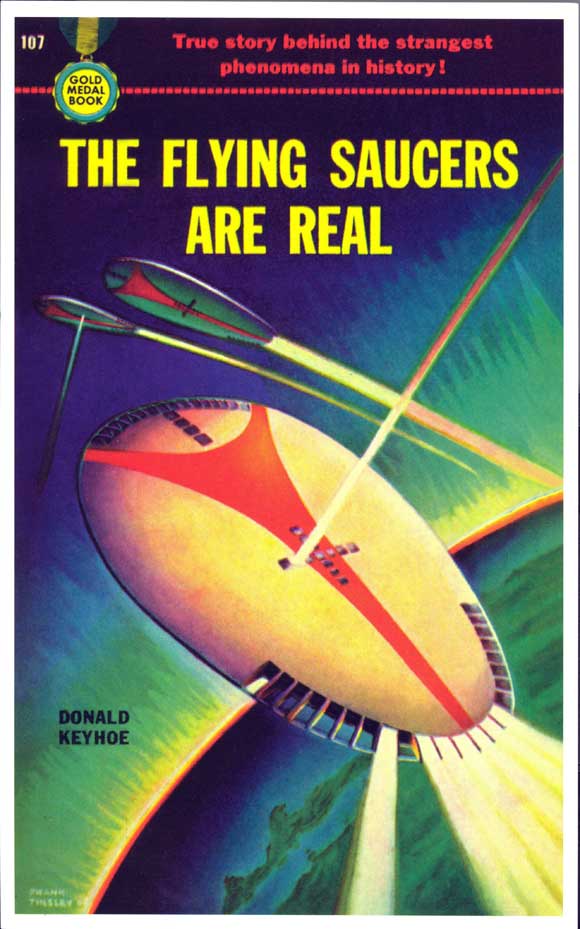
By Donald Keyhoe New York Fawcett Publications, Inc., 1950 Copyright 1950 by Fawcett Publications, Inc. All Rights Reserved, Including the Right to Reproduce This Book or Portions Thereof. The Gold Medal seal on this book means that it is an original story. It has not been published before. Printed in the United States of America To Helen, With love Donald E. Keyhoe, who relates here his investigation of the flying saucers, writes with twenty-five years of experience in observing aeronautical developments. He is a graduate of the U. S. Naval Academy at Annapolis. He flew in active service with the Marine Corps, managed the tour of the historic plane in which Bennett and Byrd made their North Pole flight, was an aide to Charles […] Read More